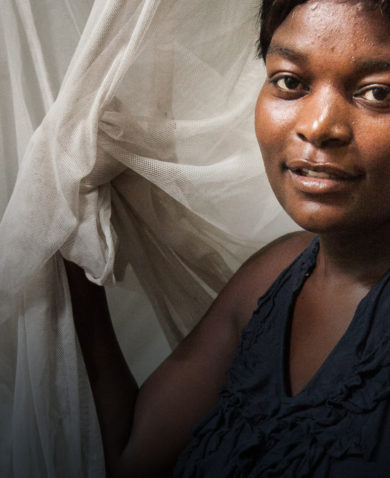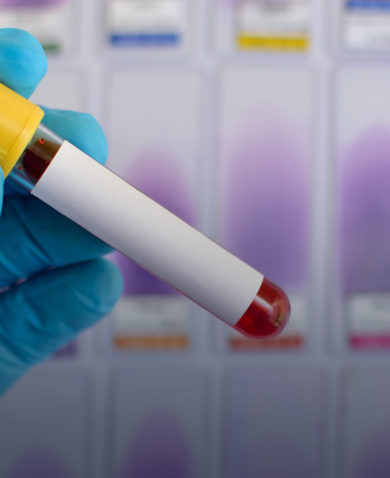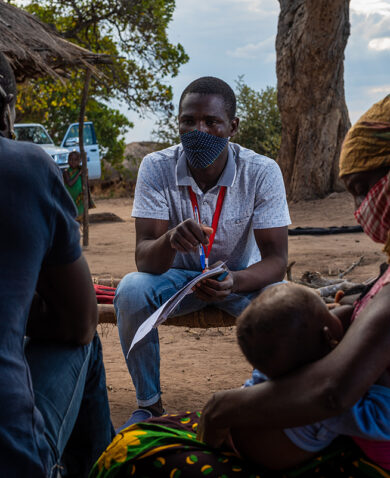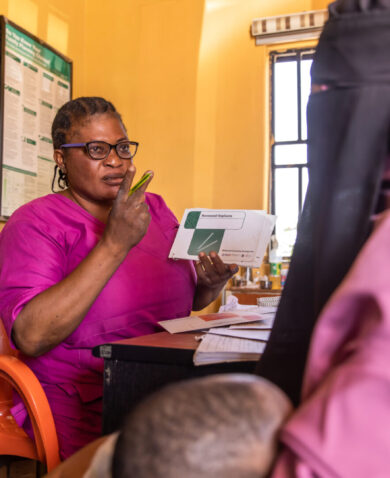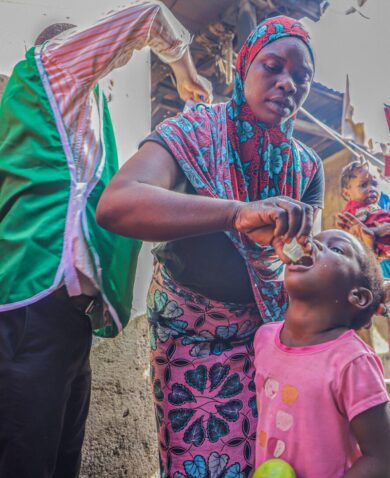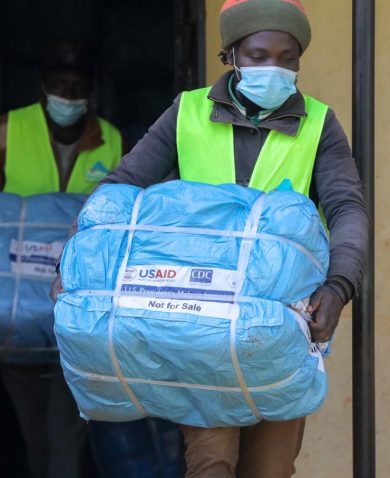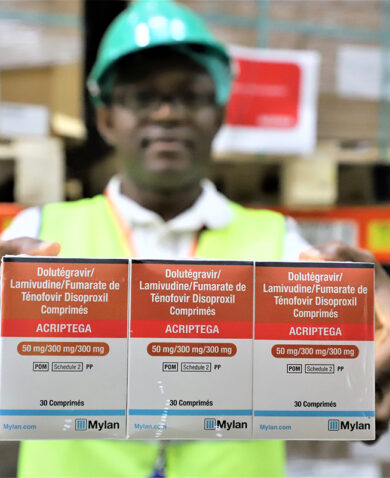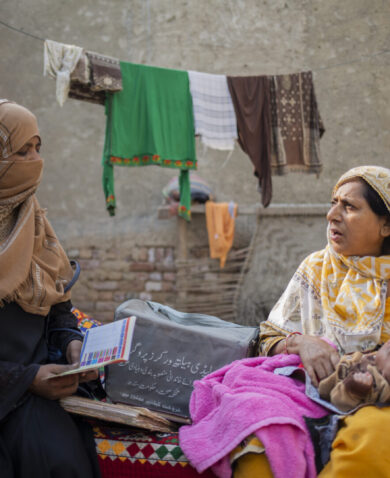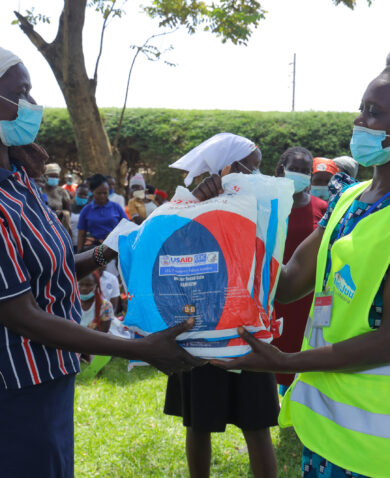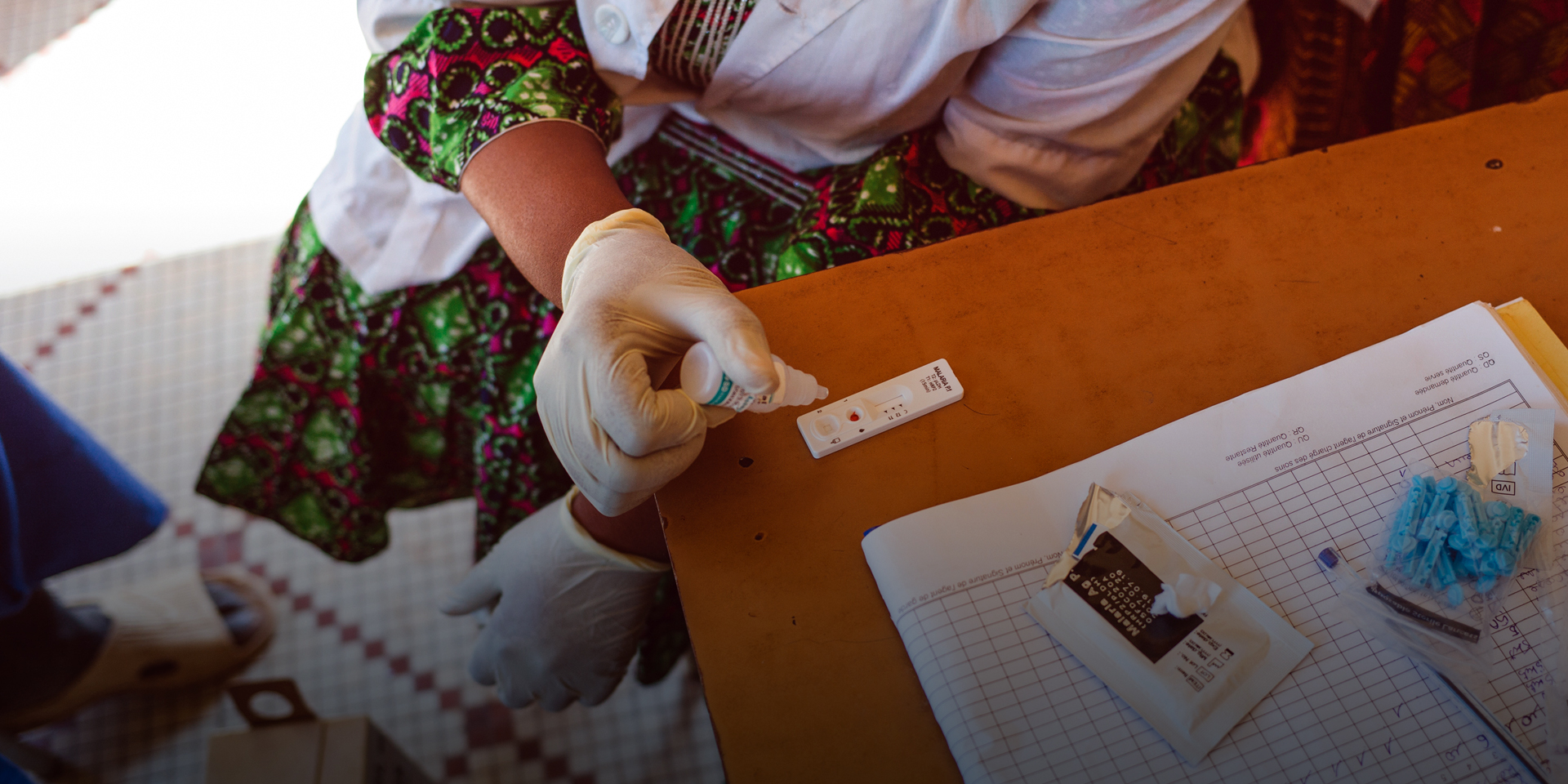
No Passport Required: Mosquitoes Cross Borders Freely, Regional Partners Lessen Their Bite
October 30, 2018 | 3 Minute ReadMosquitoes cause nearly one million deaths annually, about half of these from malaria. Countries must think within and beyond their borders — collaborating with their neighbors — to halt the spread of this pernicious disease and achieve epidemic control by 2030.
Mosquitoes are the deadliest animals in the world, as Bill Gates notes in a 2014 blog post. While they are quite small and do not maul, poison, or drown people like many other animals, they carry diseases that can be deadly to humans. It is estimated that each year, mosquitoes are responsible for nearly one million deaths globally, with malaria — the major culprit — causing nearly 500,000 deaths annually.
Three regions of the world are particularly at risk for malaria infection: the Amazon, the Mekong basin, and sub-Saharan Africa. Although most countries in these at-risk areas have developed national strategies to combat malaria, each country has different climates, geographies, health systems, and political priorities that directly and indirectly influence malaria mortality and morbidity. Unlike other infections, mosquito-borne diseases do not respect country boundaries. As such, a country’s failure to effectively test, treat, and track malaria can lead to more cases within a geographic area, negatively impacting the health of the population within and beyond its borders.
Recent efforts by the three regions, however, suggest that regional cooperation is pivotal to achieving epidemic control. Each has experienced great successes in combating malaria. For example, the World Health Organization (WHO) recently certified Paraguay as malaria-free. While several countries have successfully eliminated the threat of malaria in interior regions, malaria continues to flourish along international borders. This has been particularly burdensome in Southeast Asia, where uncontrolled migration and weak health delivery systems leave large populations at risk. Recognizing that each of these countries can influence its neighbors, local and international actors push for regional cooperation to support cross-border progression toward malaria elimination. For example, the Amazon Malaria Initiative/Latin America and Caribbean Regional Malaria Program (AMI/LAC RMP), the Mekong Malaria Elimination program, and Elimination 8 (E8) are endorsed by Roll Back Malaria and WHO and have made great strides toward malaria reduction in each respective region. Such regional efforts are crucial to attaining 2030 goals established by WHO, Roll Back Malaria, and national governments.
The three regional groups represent 27 countries and two billion people — roughly two-thirds of the global population living in malaria-endemic areas. Themes that emerge from each group’s approach include surveillance, diagnosis, case management, malaria in pregnancy, access to treatment, and continued progression toward elimination. Through these partnerships, countries have been able to share lessons learned and best practices, discuss ways to strengthen their in-country efforts — including health systems strengthening — and discuss and design ways to address shared border challenges. Results from these efforts include establishing and supporting policies and procedures for preventing, testing, treating, and tracking, and more effective information dissemination, allowing partner governments to more effectively manage cases of infection in each respective country.
Within E8, covering most of the Southern Africa Development Community, bordering countries have already installed 50 static and mobile malaria border posts, equipped with surveillance teams, targeting mobile and migrant populations. These border posts are generally positioned between the four E8 countries where malaria is not endemic (Botswana, Namibia, South Africa, eSwatini) and four E8 countries with high malaria incidence (Angola, Mozambique, Zambia, Zimbabwe). The posts provide early case management services to travelers and underserved border populations and track high-risk populations to inform strategies that limit cross-border transmission. Between March and December 2017, E8 tested 300,000 people along border areas, positively diagnosed 2,450 malaria cases, and successfully treated nearly 90 percent of cases. Untreated cases were referred to health facilities. Results such as these demonstrate the importance of regional collaboration.
If we consider someone from Mozambique, a malaria-endemic country, who has been infected but is still within the incubation period traveling to South Africa, a country where malaria is not as prevalent, we begin to understand the importance of border posts. Someone who is not tested runs the risk of a mosquito bite while infected, thereby placing dozens or hundreds of other people at risk of infection. Suppose this person crosses the border multiple times each year, which is often the case in Southern Africa as people travel throughout the region looking for work or other business opportunities. Now imagine this person crossed the border just once or twice while infected, was bitten by a mosquito each time, and created a domino effect of malaria cases in South Africa.
Such is the importance of regional cooperation in the fight to eradicate malaria. Each regional organization has established the year 2030 as the timeframe to eliminate the disease. While ambitious, this goal would be unattainable without interventions such as the border posts in Southern Africa. Moving forward, national governments and regional organizations must continue to improve prevention, testing, treatment, and tracking efforts by looking within — through country-led (e.g., Zero Malaria Starts With Me) and donor-led initiatives (e.g., Mozambique Integrated Malaria Program, Global Health Supply Chain Program – Procurement and Supply Management project) — and beyond through regional collaborations, such as AMI/LAC RMP, the Mekong Malaria Elimination program, and E8. Mosquitoes don’t need passports to cross borders, but we can work together to lessen the devastation they leave behind.
Posts on the Chemonics blog represent the views of the authors and do not necessarily represent the views of Chemonics.








